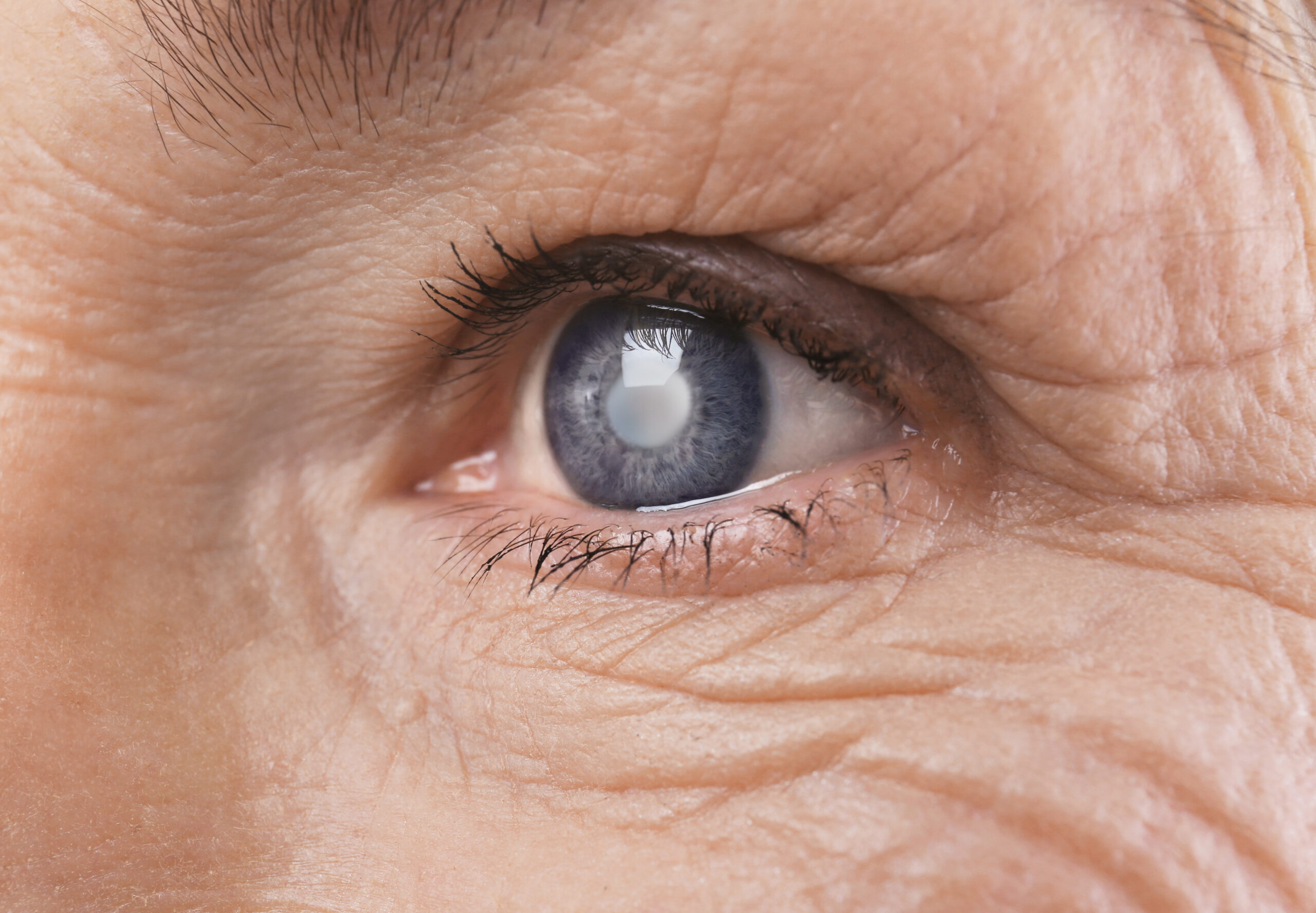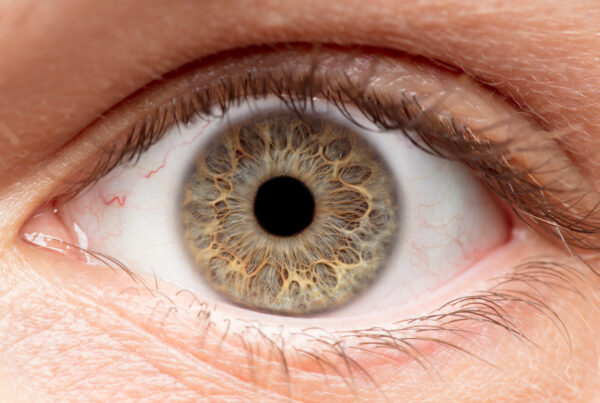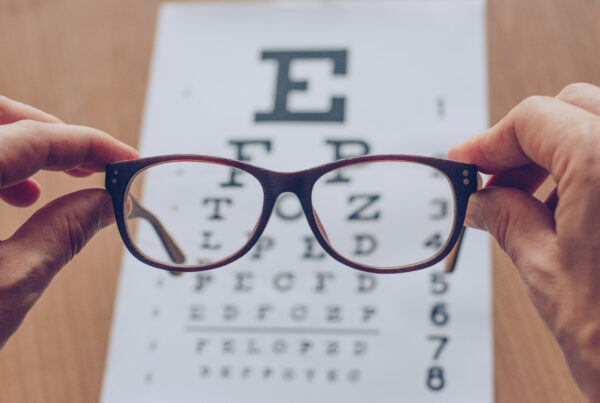
We all associate January with cold temperatures and winter weather. But did you know it’s also National Glaucoma Awareness Month?
All too often, individuals with glaucoma don’t realize they have it until the damage is done. It can gradually cause vision loss over time, sneaking by unnoticed. For National Glaucoma Awareness Month 2024, we at SureVision Eye Centers want to give you the knowledge needed to seek the appropriate treatment for yourself and your loved ones.
What is Glaucoma?
Glaucoma is an optic nerve disease. The optic nerve carries signals from the eyes to the brain. Damage to this nerve will initially affect peripheral vision, causing tunnel vision.
However, if the nerve sustains continual damage, vision loss can extend into central vision. As glaucoma reaches its final stages, it can cause complete darkening blindness, where individuals can’t perceive light.
But how does this happen?
How it Works
Within the eye is a component that creates a nourishing fluid. The fluid flows from the back to the front, draining through a channel into the bloodstream.
However, the drainage channel can clog in some individuals, increasing the amount of fluid and raising eye pressure. When eye pressure is too high, it can damage the optic nerve fibers, starting with the most sensitive: those responsible for peripheral vision.
You can’t feel the pressure until it gets dangerously high, so it doesn’t generally hurt. It can go on for months, doing damage without you knowing unless you have it checked.
The Types of Glaucoma
There are two main types of glaucoma, divided based on how they cause a person’s eye pressure to increase.
Acute Angle Closure Glaucoma
Acute Angle Closure Glaucoma occurs when the iris, or the colored part of the eye, blocks the drainage system. This blockage usually causes a rapid – or acute – increase in eye pressure.
Concerning symptoms of the sudden increase include the following:
- Blurry vision
- Eye pain
- Haloes around light
- Headache
- Nausea or vomiting
An in-office laser procedure can treat Acute Angle Closure Glaucoma.
Primary Open Angle Glaucoma
The other type is Primary Open Angle Glaucoma, a disease progressing over time. Contrary to Acute Angle Closure, no specific reason causes the elevation in eye pressure. Treatment typically begins with pressure-lowering eye drops.
However, laser treatments may be the next option if the eye drops don’t work effectively. Risk factors for this type of glaucoma include the following:
- 60-years-old or older
- Positive family history
- African American heritage
Overall, some people are more prone to glaucoma than others. Common risk factors include:
- High nearsightedness or farsightedness
- Family history
- Certain medications
- Age
The Importance of Regular Check-Ups
Fortunately for most individuals, eye pressure rises gradually. Visiting the ophthalmologist once or twice yearly for measurements will catch any problem before it worsens.
Younger patients without risk factors are safe with check-ups every few years. However, the greater your risk factors, the more frequently you should visit the eye doctor.
Visit SureVision Eye Centers This National Glaucoma Awareness Month
This National Glaucoma Awareness Month, visit your eye doctor for a check-up. Ask them if you’re at risk for glaucoma, and be aware of your current eye pressure level. The normal range is between 11 and 21 mmHg.
Look at your regular medications to see if they could cause eye pressure issues. If your ophthalmologist prescribes eye drops to lower the pressure or to treat glaucoma, use them responsibly and continue visiting the office to ensure they’re working effectively.
While glaucoma can become serious, early diagnosis can prevent many of its consequences. If you have any concerns, request an appointment at SureVision Eye Centers. We’re here to help you – this National Glaucoma Awareness Month and always.



